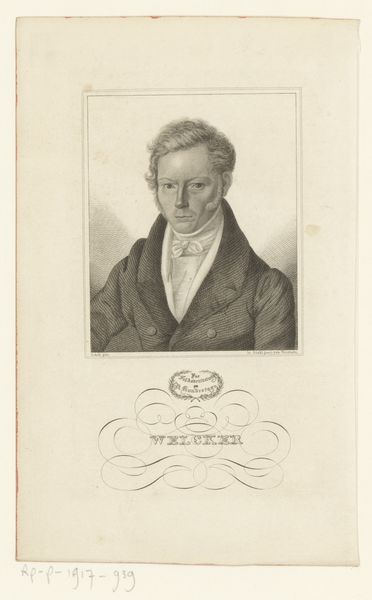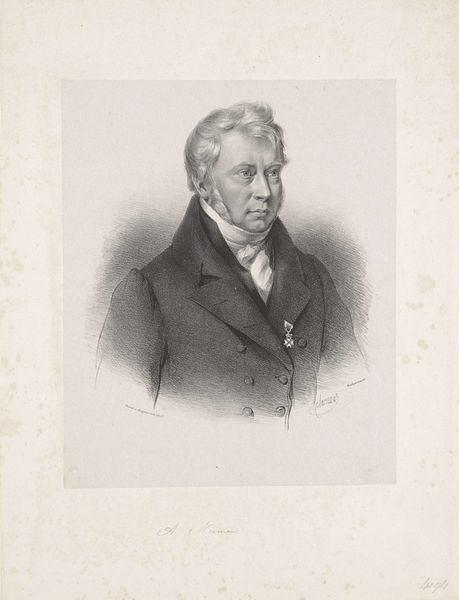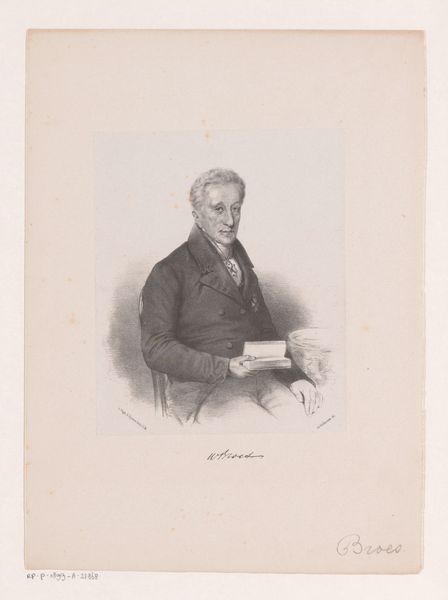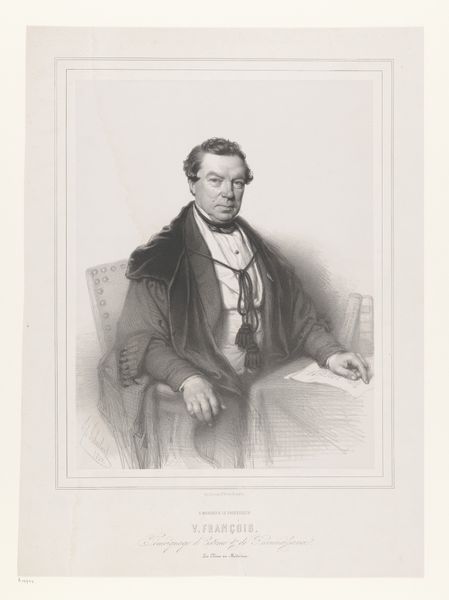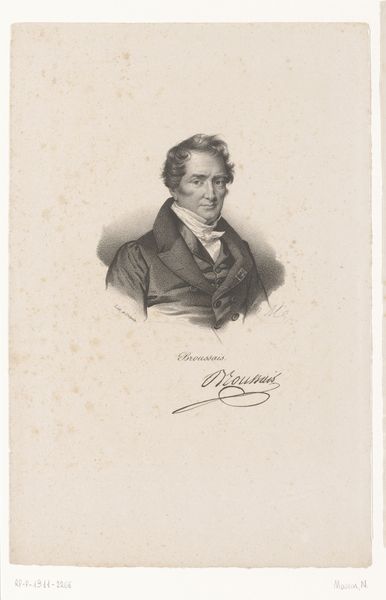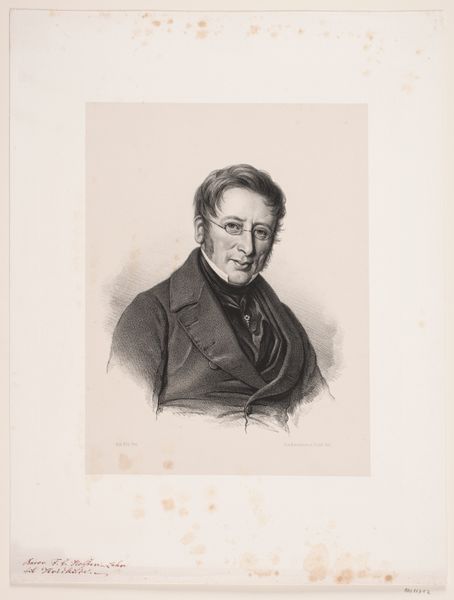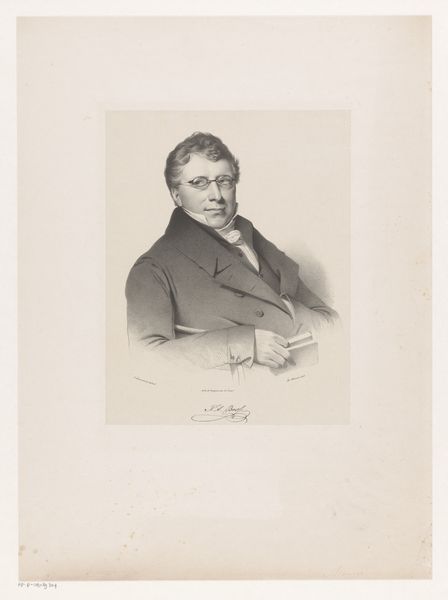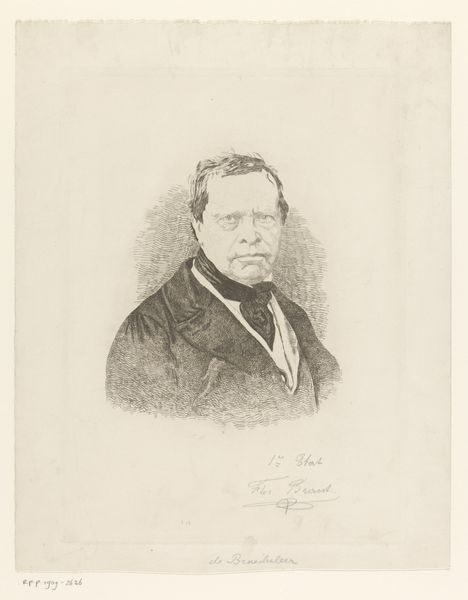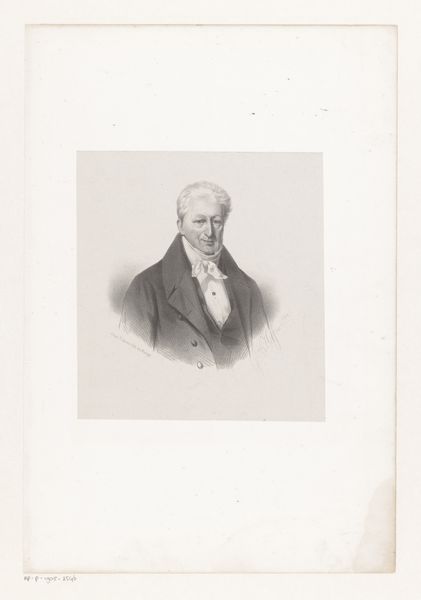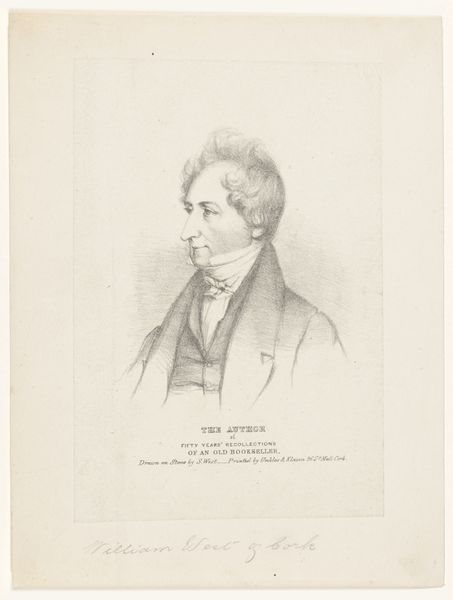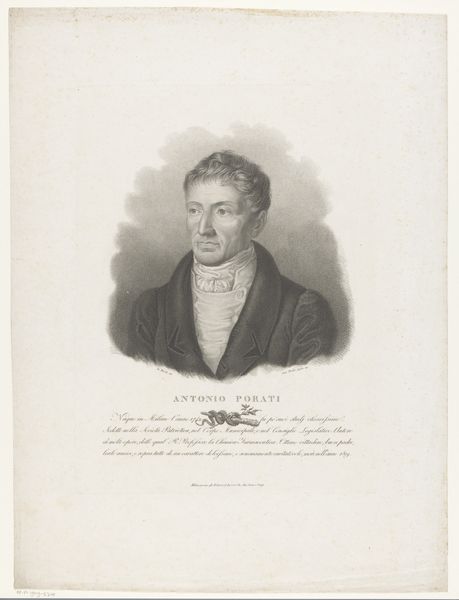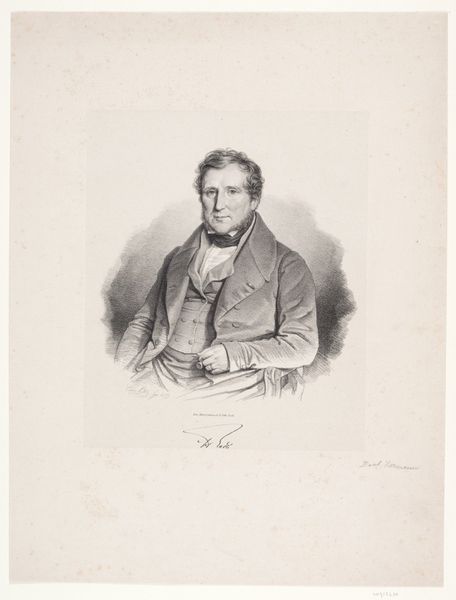
Portret van Paulus Adriaan Beelaerts van Blokland 1842 - 1854
0:00
0:00
pieterwilhelmusvandeweijer
Rijksmuseum
drawing, pencil
#
portrait
#
pencil drawn
#
drawing
#
light pencil work
#
pencil sketch
#
pencil drawing
#
pencil
#
portrait drawing
#
pencil work
#
academic-art
#
realism
Dimensions: height 495 mm, width 350 mm
Copyright: Rijks Museum: Open Domain
Editor: Here we have Pieter Wilhelmus van de Weijer's "Portret van Paulus Adriaan Beelaerts van Blokland," a pencil drawing dating from 1842 to 1854. It’s a very formal, almost austere portrait. What’s your take on this work? Curator: This portrait is more than just a representation of an individual. Consider the social and political implications embedded within its realistic style. During this period, portraiture often served to reinforce social hierarchies and project power. What does the sitter's pose, clothing, and the overall formality of the drawing communicate about his status and role in society? Editor: I see what you mean. He does look important! The suit and tie make the piece very elegant, it's so detailed! But I’m curious, would a portrait like this also reinforce certain ideas about masculinity or leadership during that time? Curator: Precisely! The stern gaze, the formal attire, and even the artistic style itself—rooted in realism and academic tradition—convey specific ideals about masculinity, authority, and respectability. Think about who had access to commissioning and creating such portraits, and whose stories were thus amplified. What narratives are subtly reinforced, and conversely, what voices are absent? Editor: So, reading the portrait is understanding the cultural context from when it originated. Curator: Exactly. It encourages a critical look at how art, even something seemingly straightforward like a portrait, participates in broader conversations about power, identity, and social structures. Considering historical context is the first step toward seeing art’s relevance within contemporary socio-political discussions. Editor: This has given me a lot to think about. I’ll never look at a formal portrait the same way again. Curator: Likewise! Engaging with art this way enables us to recognize its ability to promote critical awareness and dialogue about persistent societal imbalances.
Comments
No comments
Be the first to comment and join the conversation on the ultimate creative platform.
